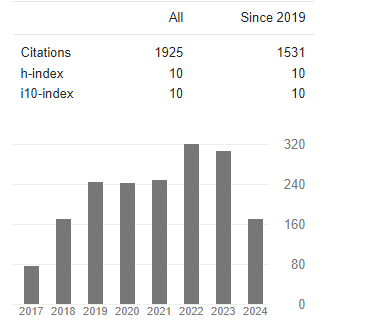Plasma Exchange for Lyme Neuroborreliosis Delayed Diagnosis: a Case Report
Abstract
Amal Elleuch, Loukil Mouna, Manel Hsairi, Manel Feki, Lamia Gargouri and Mahfoudh Abdelmajid
Lyme neuroborreliosis (LNB) is a rare infectious disease, caused by Borrelia burgdorferi spirochetes and respon- sible for a variety of neurological manifestations. The most common manifestations of LNB in children are cranial nerve involvement, especially facial nerve palsy often accompanied by lymphocytic meningitis.
In this article, we present a case of a 4-year-old boy presented to our emergency department with abdominal pain evolving for a week and symmetrical ascending progression of weakness responsible for severe respiratory failure. Diagnosis of Guillain-Barré syndrome (GBS) was initially suspected. Although our patient had received 2 courses (each of 5 days) of Intravenous immunoglobulin (IVG) treatment, no clinical improvement was observed. The di- agnosis of LNB was confirmed by detection of both IgG and IgM specific antibodies in serum. The patient’s muscle weakness got better after a 2- week course of Ceftriaxone but respiratory muscle failure didn’t improve with two extubation failures. Consequently, we decided to conduct plasmapheresis procedures. We managed to extubate the child and discharge him after a good recovery of his symptoms.
Pediatricians must consider LNB disease in the differential diagnosis of GBS, especially when the patient didn’t recover after IVG treatment. This case shows that plasmapheresis could be effective for pediatric neuroborreliosis cases with severe neurological disorders.




